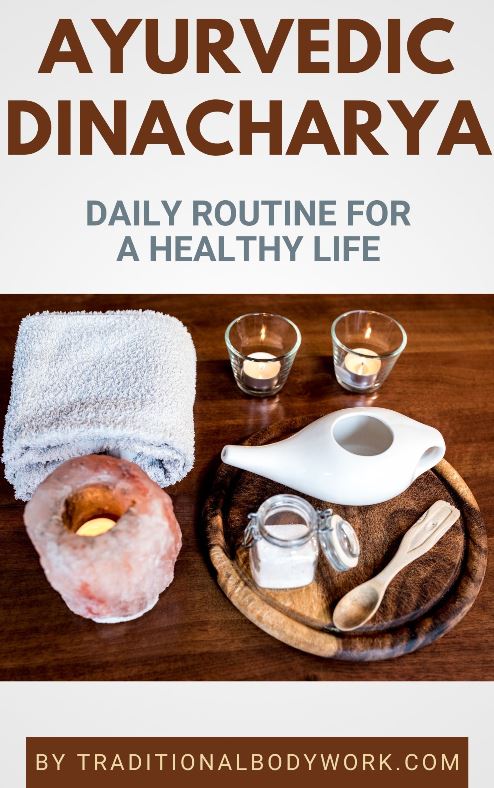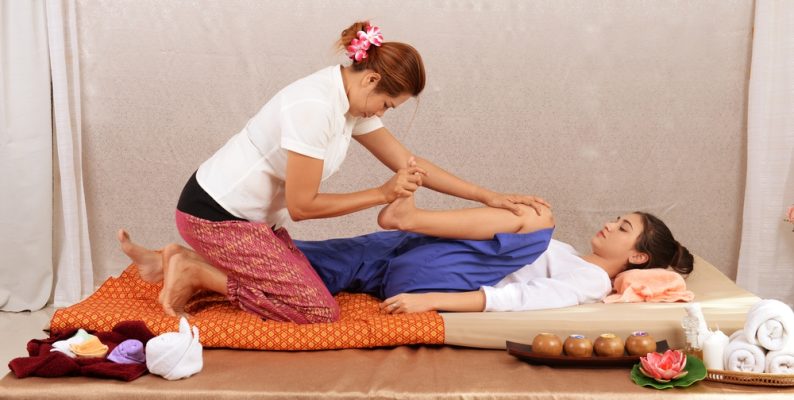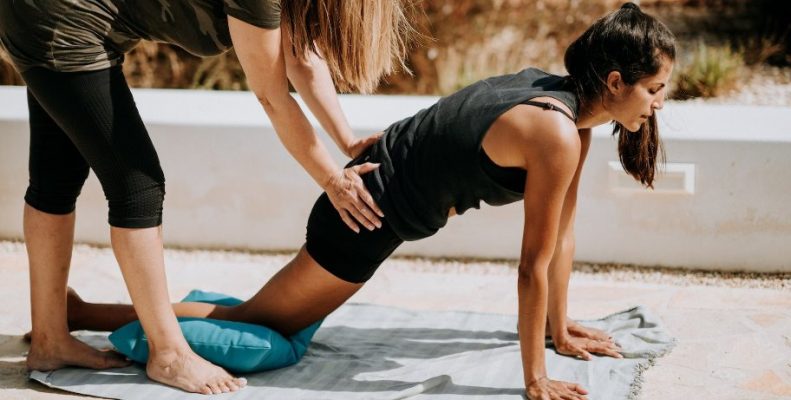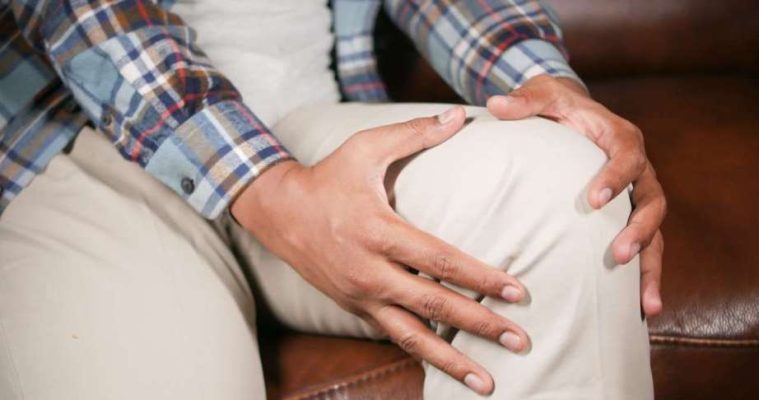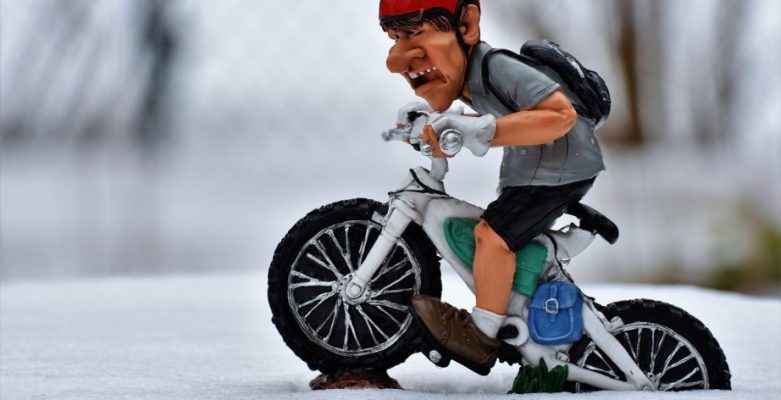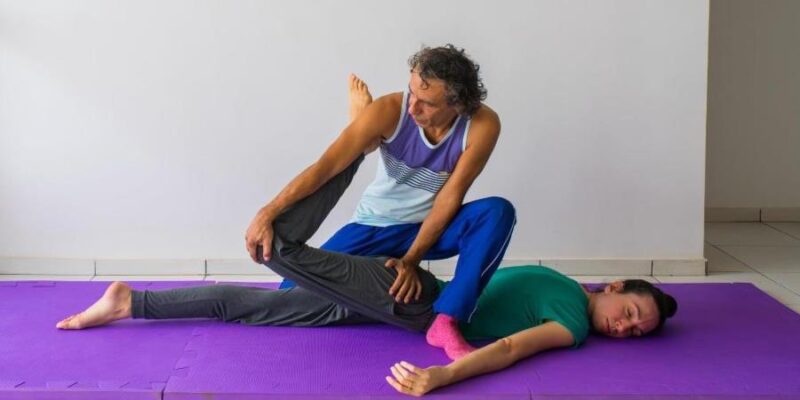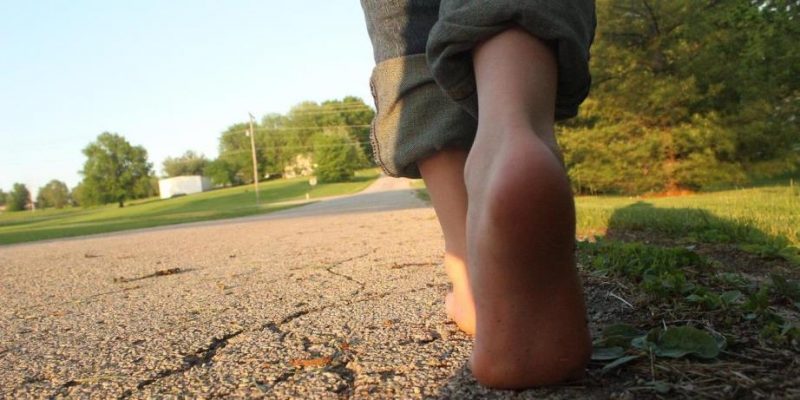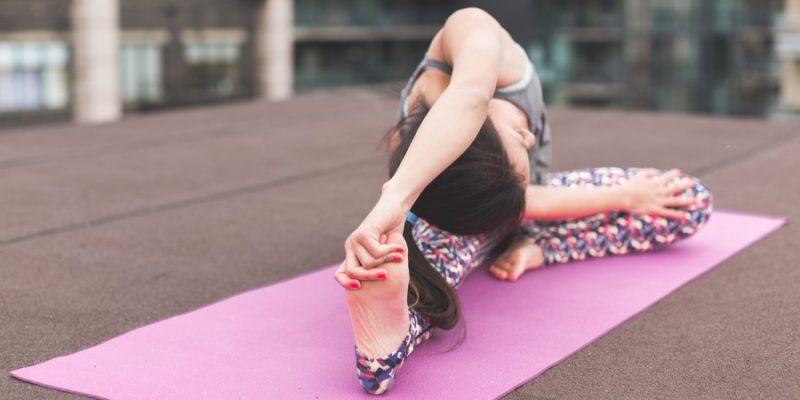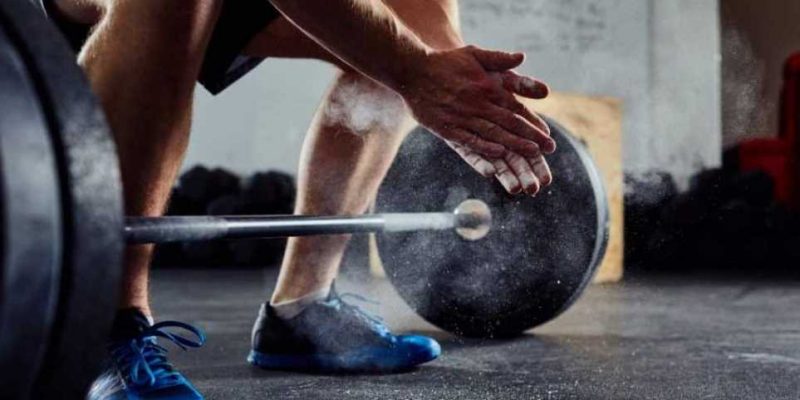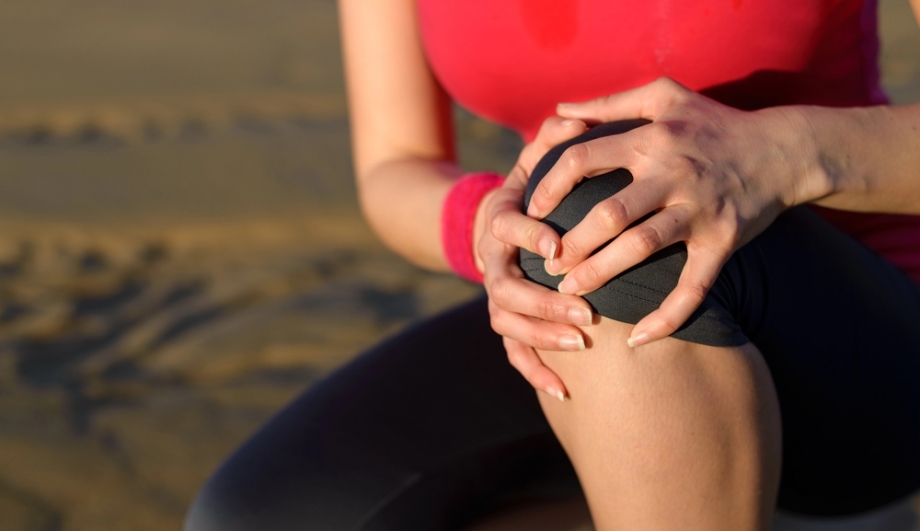
Introduction
Runner’s knee is a common problem for people who run a lot. It causes pain around the kneecap and can make it hard to keep running or playing sports. But fixing runner’s knee isn’t just about getting rid of the pain quickly, it’s about understanding why it happens, fixing it properly, and making sure it doesn’t come back.
This article will tell you how to fully recover from runner’s knee by showing you good exercises and ways to take care of your knees for a long time.
Understanding Runner’s Knee
Causes and Symptoms
Runner’s knee happens when the knee joint gets stressed from too much running or jumping. The pain usually shows up around or behind the kneecap. Here are some reasons why people get runner’s knee:
- Running or playing sports a lot (overuse).
- The kneecap is not sitting right.
- Not running the right way.
When you have runner’s knee, you might feel:
- Pain when doing things that bend the knee, like running, squatting, and going upstairs.
- Swelling or soreness around the kneecap.
- A weird popping or grinding feeling in the knee when it moves.
Knowing what causes runner’s knee and what it feels like helps in figuring out the best way to fix it.
Impact on Performance
Runner’s knee does more than just hurt, it can really mess up your ability to run, play sports, and even do everyday things. The pain can make your muscles weaker and less able to move well, which can make it easier to get hurt in other ways. That’s why it’s important to not just treat the pain but really understand how runner’s knee affects your whole body.
Foundation of Recovery
Initial Steps Post-Injury
When you first get runner’s knee, there are some simple things you can do to start feeling better:
- Rest: Stop any activities that make your knee hurt more. It’s important to give your knee a break so it can start healing.
- Ice: Putting ice on your knee can help reduce pain and swelling. Use a cold pack for about 15-20 minutes every couple of hours.
- Compression: Wrap your knee with a bandage to help keep swelling down. Make sure it’s not too tight!
- Elevation: Try to keep your knee raised up higher than your heart when you’re sitting or lying down. This helps reduce swelling.
Professional Assessment
It’s a good idea to see a doctor or a physical therapist if you think you have runner’s knee. They can check your knee and make sure that’s what it is. They can also help you come up with a plan to heal your knee based on what you need. Everyone’s knee is a bit different, so the plan might be different for you than for someone else.
Rehabilitation Exercises
Strengthening Exercises
To help your knee get strong again, you can do some exercises. Here are a few:
- Straight Leg Raises: Sit on the floor with your legs straight. Lift one leg slowly, keep it straight, and hold it up for a few seconds. Then, lower it slowly. Do this about 10-15 times with each leg.
- Step-Ups: Find a step or a low stool. Step up with one foot and then bring the other foot up. Step down the same way. Repeat this 10-15 times for each leg.
Flexibility and Mobility Workouts
Keeping your knee moving can also help it heal. Try these:
- Knee Bends: Sit in a chair and slowly bend your knee as much as it can go. Then, straighten it out again. Do this 10-15 times.
- Heel and Calf Stretches: Stand facing a wall with one foot in front of the other. Bend the front knee and push into the wall, keeping the back leg straight and the heel on the ground. Hold for about 30 seconds. Switch legs and repeat.
Integrating Exercises into Daily Routine
You can do these exercises a few times a day. Try to fit them into your routine, like in the morning, after school, or while watching TV. It’s important to keep doing them even when your knee starts to feel better to keep it strong.
Advanced Recovery Techniques
Technology and Tools
Sometimes, special tools can help your knee heal better:
- Knee Braces: Wearing a knee brace can support your knee and keep it stable while it heals.
- Orthotics: These are special inserts you can put in your shoes to help keep your feet and knees lined up right when you walk or run. This can take pressure off your knee.
- Apps: There are apps for your phone or tablet that can remind you to do your exercises and track your progress.
Alternative Therapies
Besides regular exercises, there are other things you can try to help your knee:
- Massage: Sometimes, massaging the muscles around the knee can help reduce pain and make your knee feel better.
- Acupuncture: This is when a trained professional puts tiny needles in your skin at certain points to help relieve pain. Some people find it really helps.
- Hydrotherapy: Exercising in a pool can be great for your knee because the water supports your weight and takes the pressure off your knee while you move it.
Preventing Future Injuries
Daily Habits for Knee Health
To keep your knees healthy and avoid getting runner’s knee again:
- Stay Active: Keeping your muscles strong and flexible helps protect your knees.
- Warm-Up Properly: Always take time to warm up before you run or play sports. This gets your muscles ready and can help prevent injuries.
- Wear Good Shoes: Wearing shoes that fit well and are right for your activity can really help take care of your knees.
When to Scale Up Activities
It’s important not to rush back into too much activity too soon:
- Take It Slow: When your knee starts to feel better, slowly add more activity. If anything hurts, take a step back.
- Listen to Your Body: Pay attention to what your body tells you. If you feel pain, that’s a sign to stop and rest.
- Check with Professionals: Always talk to your doctor or therapist before starting new sports or activities to make sure your knee is ready.
Conclusion
Runner’s knee can be really tough to deal with, especially if you love being active. But with the right care, you can get back to running and playing without pain. Remember, it’s important to understand what causes runner’s knee, to take the right steps when you first get hurt, and to keep up with your exercises even when you start feeling better. Also, using tools like knee braces or orthotics and trying different therapies like massage or hydrotherapy can make a big difference.






